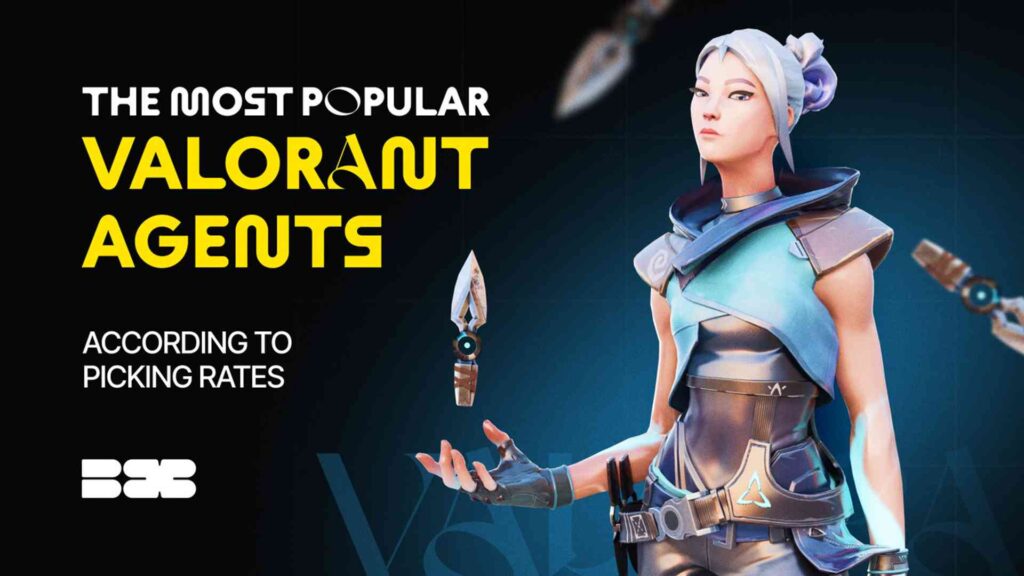At Blix, we pride ourselves on bringing the most reliable, data-driven insights to the Valorant community. We follow current gaming news, such as Bang leaving 1000Thieves. We wrote about Valorant’s ranking. Speaking of which, we’ve made a piece about the best Agents, chosen by the high-tier players.
This report is built on our own thorough research, digging deep into agent pick trends, win percentages, and ban rates across Immortal-tier matches. The data offers a unique perspective that goes beyond surface-level observations, capturing the nuances of the competitive meta. Whether it’s the rise of unconventional picks or the continued dominance of favorites, this list highlights which agents are genuinely shaping the game right now at the top level. Ready to see who’s leading the charge—and who’s barely hanging on? Let’s dive in.
Contents
Highlights
- List of Agents, most Picked at Immortal level\
- Strengths and weaknesses of each
- A short reminder of how the Tiers are ranked
List of Agents and Their Tiers (Immortal Tier)
Tier S
- Clove
- Deadlock
- Phoenix
- Sage
Tier A
- Cypher
- Reyna
- Killjoy
- Fade
Tier S
These Agents aren’t just good—they dominate. Use them right, or watch them carry your enemies.
Clove (Controller)
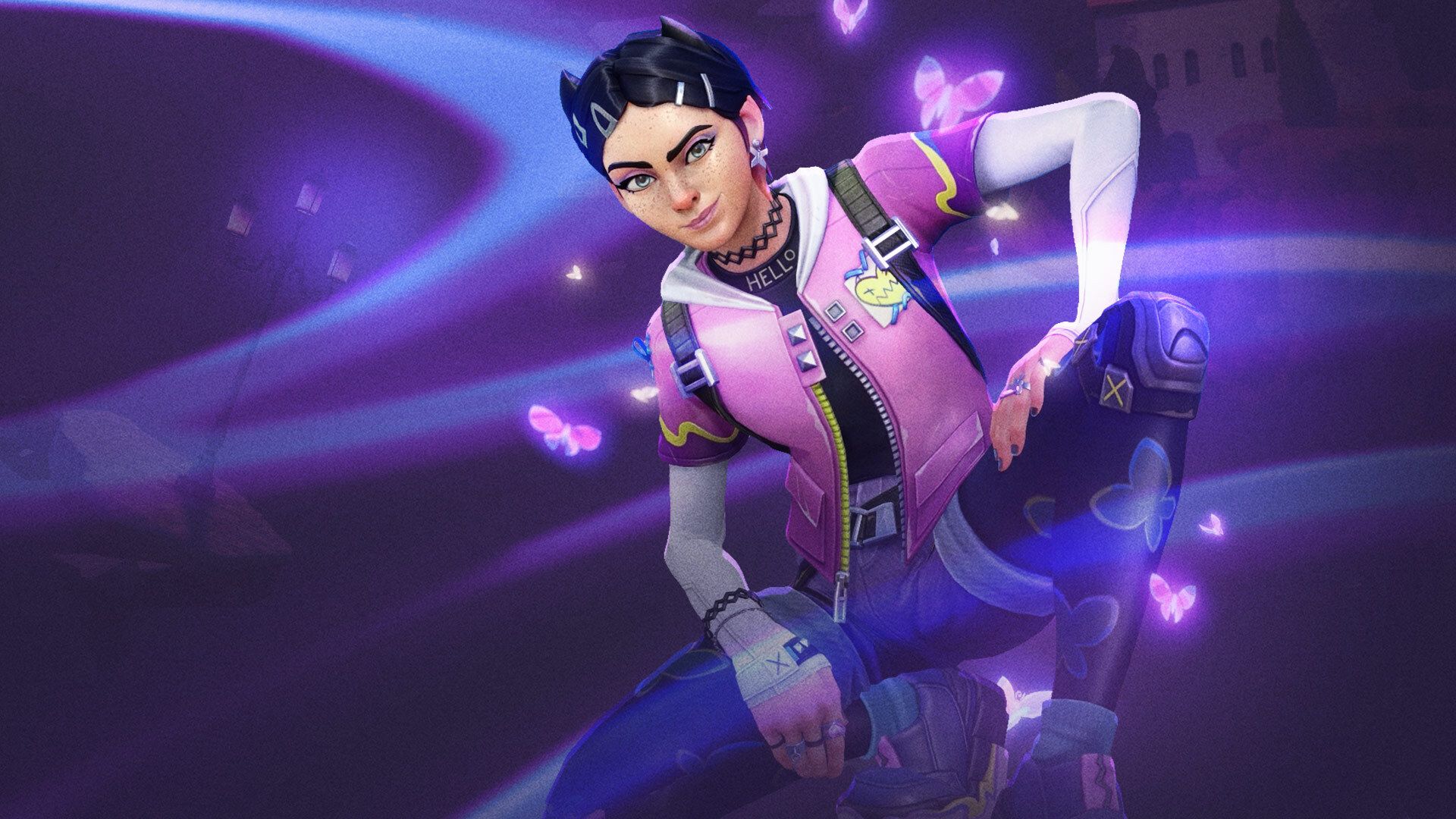
- Pick Rate: 12.2%
- Win Rate: 52.4%
- Ban Rate: 9.5%
Clove is Valorant’s newest favorite smoke expert, and her popularity in the Immortal ranks is no fluke. With the ability to deploy extended smokes, she’s the dream pick for teams that crave tight map control and delayed engagements. But she’s not without controversy—some pros argue her utility might be over-tuned (because what’s a meta without complaints?).
Strengths
- Smokes that stay up longer than most, allowing profound control in critical areas.
- Area denial abilities slow enemy pushes and reward strategic play.
- High synergy with aggressive duelists, who benefit from her utility to isolate fights.
Weaknesses
- Requires solid team coordination—one mistimed smoke, and you’re left scrambling.
- Weak in fast-paced firefights, where setup time is limited.
- Can feel clunky when forced to rotate mid-round.
Neon (Duelist)

- Pick Rate: 4.2%
- Win Rate: 52.0%
- Ban Rate: 7.0%
Neon plays like a caffeinated cheetah, sprinting through maps faster than defenders can blink. She’s an excellent pick for high-tempo strategies but suffers if the pace slows down. In the right hands, though? She’ll take over rounds before defenders realize what hit them.
Strengths
- Exceptional mobility, allowing for lightning-fast flanks and aggressive entries.
- Electric Relay Bolts disrupt defenders, setting up easy kills.
- Versatile ultimate that’s deadly even in eco rounds.
Weaknesses
- Fragile under pressure—Neon melts quickly without cover.
- Hard to master; requires top-tier mechanics to succeed.
- Predictable playstyle once opponents read her movements.
Iso (Duelist)

- Pick Rate: 3.8%
- Win Rate: 51.7%
- Ban Rate: 8.2%
Iso is like Reyna but with a bit more flair. He’s built for clutch players who thrive in chaotic situations, and his toolkit rewards risk-takers. But much like Neon, Iso demands high precision—miss your shots, and you’ll be a glorified spectator.
Strengths
- 1v1 potential—Iso’s toolkit gives him an edge in duels.
- Aggressive playstyle fits players who like to snowball rounds.
- High clutch potential—perfect for risky end-game scenarios.
Weaknesses
- Requires near-perfect mechanics; poor aim won’t cut it.
- Low utility for teammates, making him a selfish pick.
- Punishing if you fall behind—he offers no easy way back into the game.
Deadlock (Sentinel)
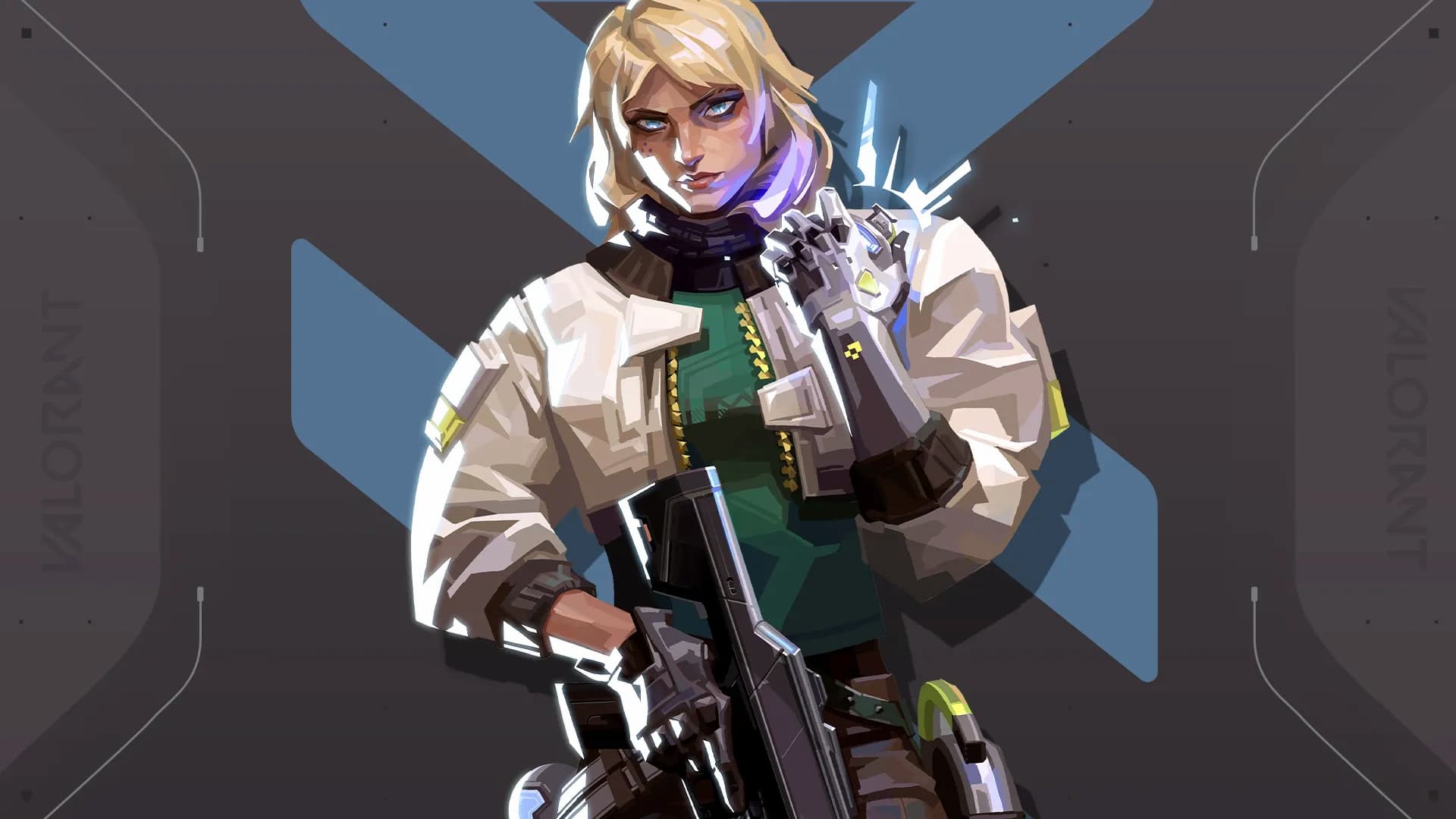
- Pick Rate: 1.1%
- Win Rate: 51.9%
- Ban Rate: 6.0%
Deadlock is the new kid on the block, trying to find her place in the meta. She’s a defensive powerhouse, built to lock down lanes and slow enemy advances. But she’s divisive—players either love her methodical style or find her utility too situational.
Strengths
- Powerful lane control with her barriers and traps.
- Great for slowing enemy pushes and punishing aggression.
- Excellent at site anchoring, forcing enemies to waste time clearing utility.
Weaknesses
- Utility is easy to predict, making her setups vulnerable.
- Lacks flexibility—struggles on maps requiring fast rotations.
- Limited offensive capabilities are putting more pressure on duelists.
Phoenix (Duelist)

- Pick Rate: 1.3%
- Win Rate: 51.8%
- Ban Rate: 4.8%
Phoenix remains a polarizing pick—some call him underpowered, others say he’s situationally brilliant. His flashes and self-heals allow him to stay in fights longer, but his kit feels basic in a meta filled with more elaborate abilities.
Strengths
- Self-healing lets him take multiple fights in a round.
- Simple but effective utility—no need to overthink his kit.
- Curveball flashes excel in tight corridors.
Weaknesses
- Predictable utility, making him easy to counter.
- Limited outplay potential compared to newer duelists.
- Struggles in high-level play, where enemies punish mistakes hard.
Sage (Sentinel)
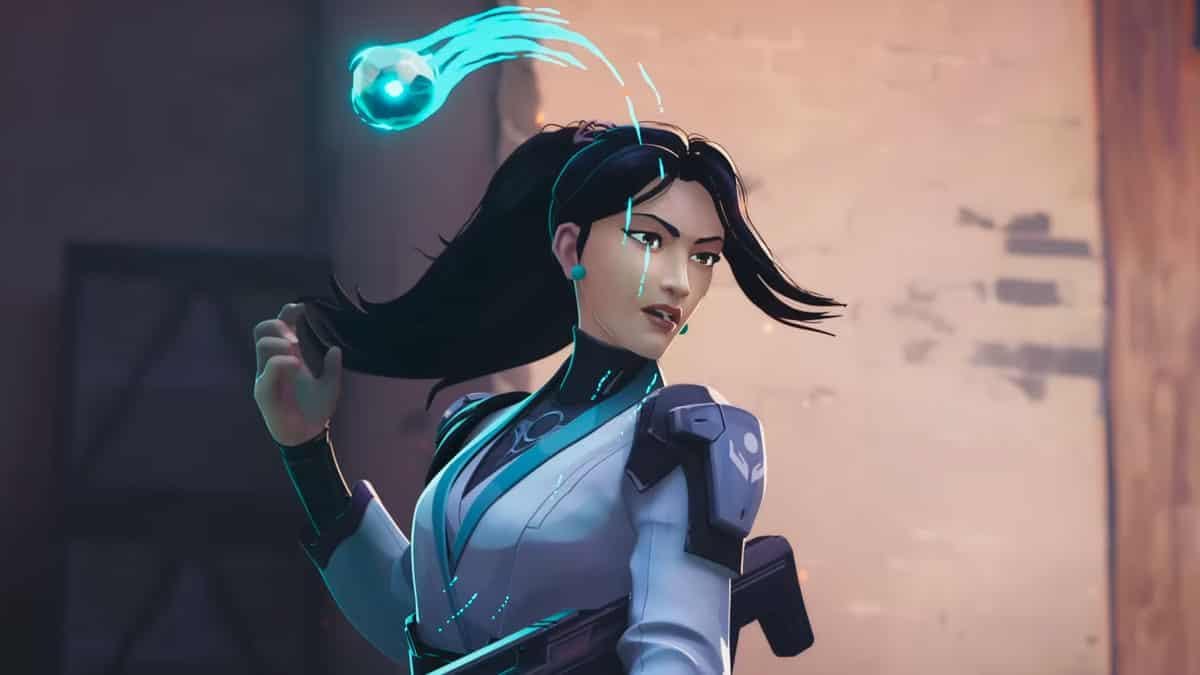
- Pick Rate: 0.7%
- Win Rate: 51.6%
- Ban Rate: 5.1%
Sage holds on in the meta by the skin of her teeth. Her heals, and resurrection remain valuable, but her lack of offensive presence makes her a rare pick in Immortal. Still, in rounds where every life matters, Sage shines.
Strengths
- Healing and resurrection offer unmatched sustain.
- Slows and walls are powerful tools for stalling rushes.
- Flexible utility, viable for defense and attack setups.
Weaknesses
- Predictable gameplay—good opponents expect her walls.
- Limited offensive value, making her dependent on teammates.
- High cooldowns can make her feel ineffective in fast rounds.
Tier A
Strong picks with solid utility, but less overwhelming than Tier S.
Cypher (Sentinel)

- Pick Rate: 8.1%
- Win Rate: 50.3%
- Ban Rate: 10.1%
Cypher brings consistent intel-gathering to the table, ideal for players who love to micromanage enemy movements. His traps remain a nightmare for careless attackers, though he struggles against teams that know how to clear his gadgets.
Strengths
- Excellent for site anchoring with his tripwires and cam.
- Great information-gathering for coordinated play.
- Can outplay aggressive opponents with proper setups.
Weaknesses
- Relies heavily on utility—without it, he’s a liability.
- Vulnerable to utility clears (like Skye’s or KAY/O’s abilities).
- Rotation-heavy maps can expose his limited mobility.
Reyna (Duelist)

- Pick Rate: 9.7%
- Win Rate: 50.2%
- Ban Rate: 9.5%
Reyna is Valorant’s ultimate snowball agent—if you’re fragging, she’s unstoppable. But if you can’t secure kills, you’re better off spectating. Her self-sustain and dismiss abilities make her powerful, but only in the hands of confident players.
Strengths
- Self-sustain lets her outlast most duelists.
- Dismiss mechanic allows safe escapes after kills.
- High snowball potential, perfect for aggressive players.
Weaknesses
- Useless without kills, making her a liability in tough matches.
- Limited team utility, focusing only on self-benefit.
- Countered by disciplined teams who minimize peeking.
Killjoy (Sentinel)

- Pick Rate: 5.1%
- Win Rate: 50.2%
- Ban Rate: 8.7%
Killjoy’s gadgets are a lesson in “set it and forget it.” Her ability to lock down bomb sites with turrets and nano swarms makes her an ideal pick for patient, defensive playstyles. However, her weakness lies in rotations—once her utility is down, she’s committed.
Strengths
- Strong anchoring abilities—perfect for holding sites solo.
- Post-plant utility is second to none.
- Her ultimate forces defenders into terrible positions.
Weaknesses
- Static utility limits her flexibility in mid-round rotations.
- Countered easily by aggressive utility-clearing agents.
- Struggles in fast-paced matches where setups are constantly disrupted.
Fade (Initiator)
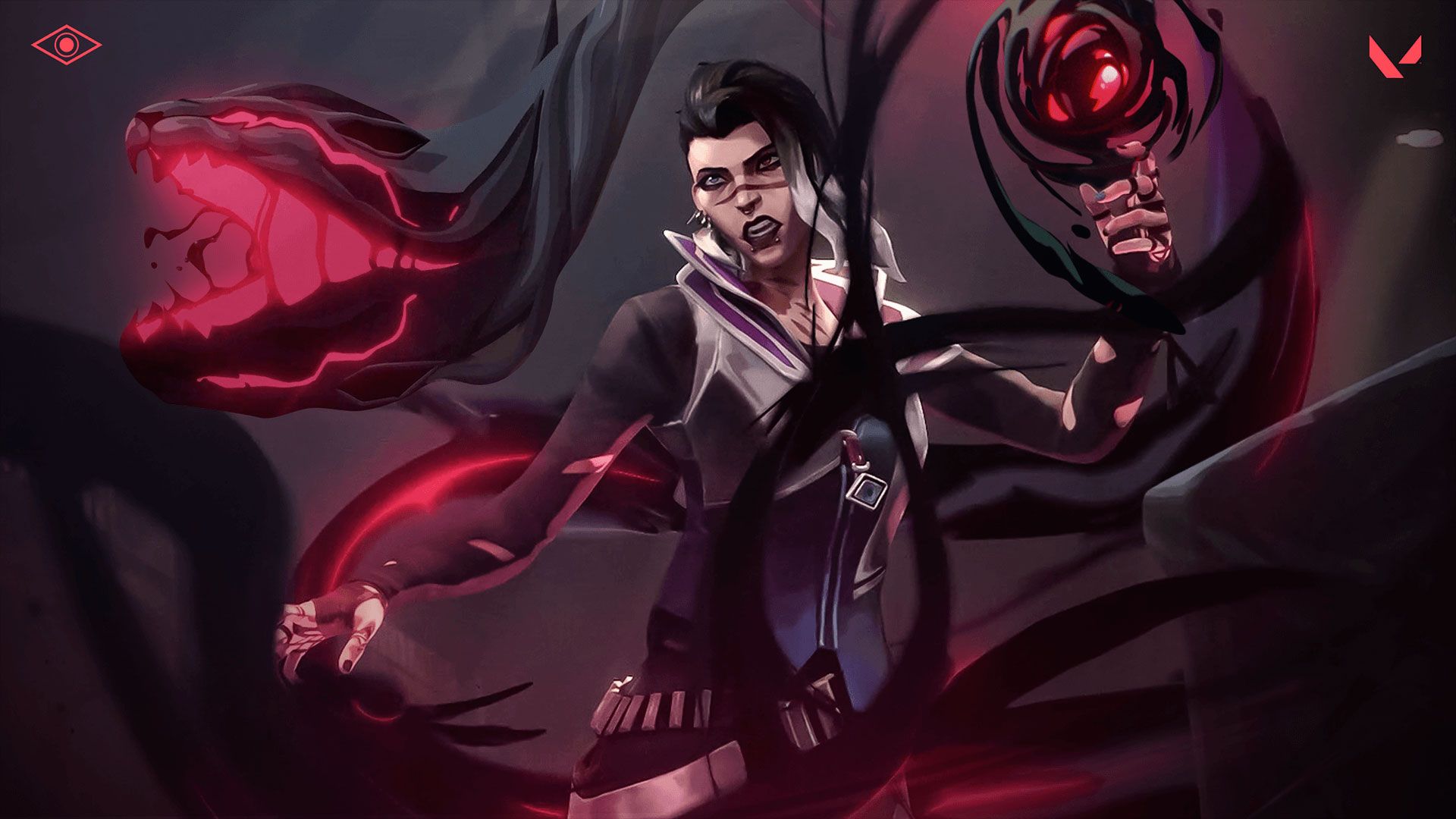
- Pick Rate: 1.4%
- Win Rate: 50.2%
- Ban Rate: 7.2%
Fade is all about tracking enemies like prey. She’s a softer, creepier version of Sova, perfect for disrupting teams and isolating opponents. However, her value drops if teams know how to play around her abilities.
The Ultimate Fade Beginner Guide | Valorant
Strengths
- Good recon abilities that reveal enemy positions.
- Great crowd control with her Seize ability.
- Synergizes well with agents that thrive on information (like Raze).
Weaknesses
- Can feel underwhelming compared to Sova on larger maps.
- Abilities require timing and coordination, or they fizzle out.
- Easily dodged by fast-moving teams like Neon-led rushes.
What Makes an Agent Tier S or A?

In Valorant, agents are ranked into tiers to reflect their overall effectiveness and popularity in high-level play. These tiers—such as S, A, B, and below—serve as a quick way to measure an agent’s impact on the meta. The tier system isn’t just about raw power; it takes into account a combination of pick rate, win rate, and how often the agent is banned.
Agents in Tier S are the cream of the crop, offering unmatched utility, impact, or synergy with current strategies, while Tier A agents remain strong picks but are slightly more situational or require more remarkable skill to use effectively. Lower-tier agents, on the other hand, may have niche uses or be overshadowed by better alternatives in the current patch.
These rankings often fluctuate with balance changes, pro-level trends, and shifts in how players adapt to the game. For this report, we based our analysis on Immortal-level matches, which ensures that the data reflects the choices and strategies of top players rather than casual experimentation. This tier-based system provides a clear view of which agents excel in the most competitive settings, and how their role fits into the ever-changing landscape of Valorant’s meta.


